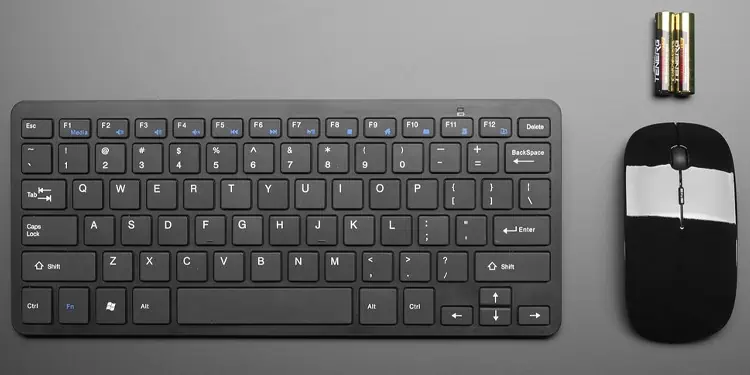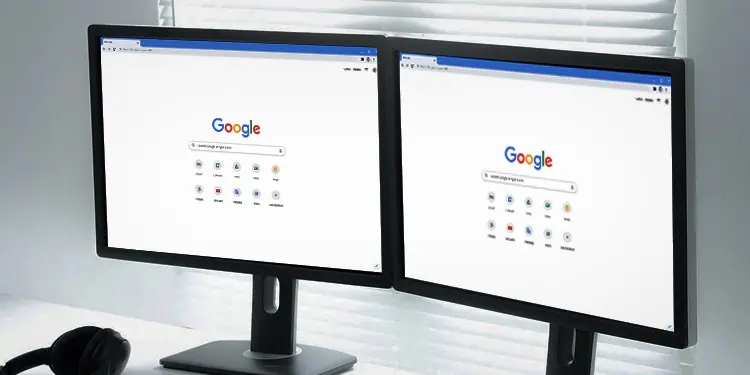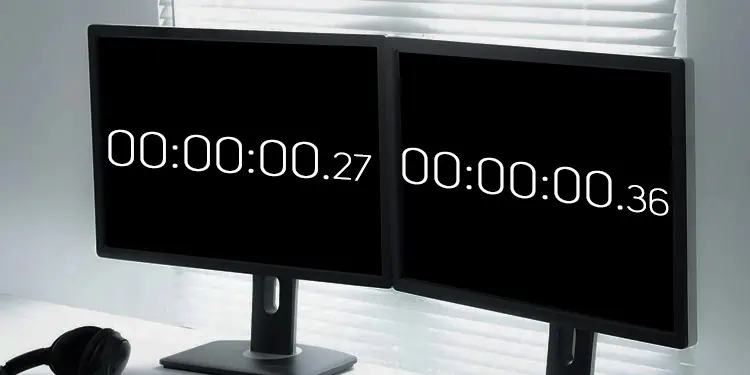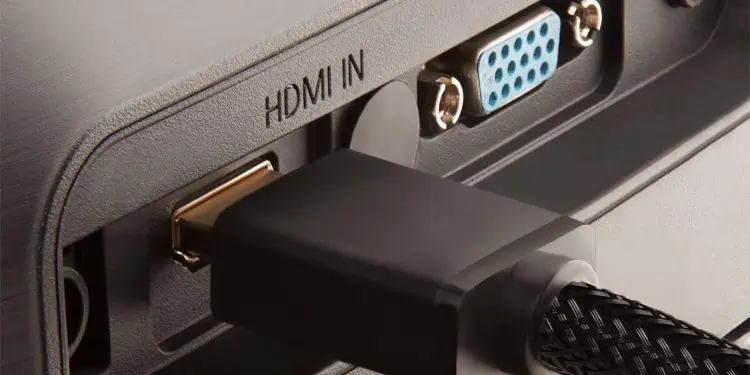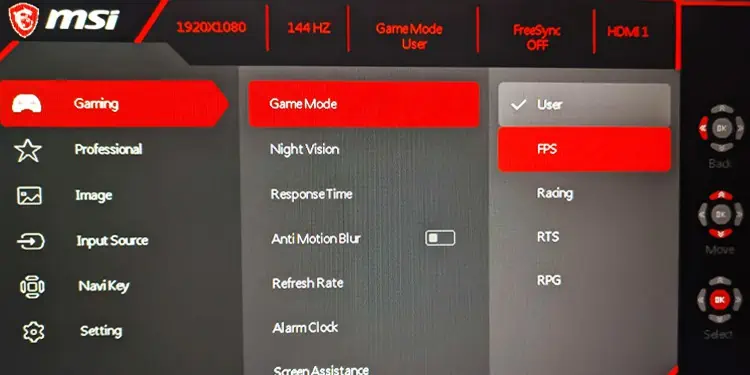Testing input lag is a challenging and inexact process. Even RTings, a trusted source of input lag tests, says they had to develop their own tool to make it work, and only some people have the appropriate hardware to do so. However, there is still a way you may test your input lag if you have access to a CRT monitor or a screen with an input lag you already know.
Input lag is the time it takes between when your computer receives a signal, sends it to your monitor, and the action appears on the screen. Most of the time, it isn’t very noticeable. For example, when you’re watching streaming video, it sends one frame after the other, and any lag is accounted for because each frame has the same rate, and you aren’t inputting any signals from your mouse and keyboard.
One example of lag that’s easy to see is when you’re typing a sentence. It may take a split second between when you press the key and when the letter appears on the document. It’s almost imperceptible because of how low the input lag is on most modern systems. People used CRT displays with basically no input lag in the past, so it wasn’t an issue then.

There are times when input lag matters a lot, though. For example, competitive gamers can suffer if the input lag between a computer and the display is too high.
Why Do I Need to Know the Input Lag?
You need to know the input lag, so you know precisely how much delay it is introducing to your fast-paced computing actions. For example, a display with an input lag of 4ms will be quite a bit better for an FPS gamer than a display with an input lag of 32ms. That’s why you’ll see a lot of gaming monitors advertising their low input lag, with some of them going down to 1ms.
If you haven’t experienced different input lags, try typing on thisLag Simulatorat 0ms and then at 400ms. You’ll see a noticeable difference.
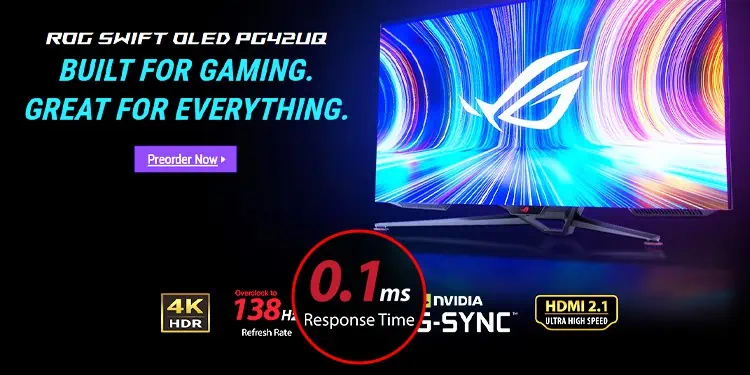
Is It Always Better to Buy a Display with a Low Input Lag?
Sometimes the input lag doesn’t matter much. If you’re not doing fast-paced gaming, you may prefer a display with different specifications and a little more lag. Displays with low input lag often aren’t quite as visually appealing as displays with high input lag numbers because of the types of panels they use to get the low ms rating. This is also why televisions usually have a higher input lag than PC monitors.
However, as monitor technology improves, displays with low input lag look better and better. There’s a lot less to compromise on now than there was even five years ago.
Is Input Lag Only Affected by Monitors?
The lag you experience is affected by a few different factors.

How to Test Input Lag?
The best way to find out the input lag of a monitor is to check with the manufacturer or look up independent ratings. Since it’s hard to control for all the factors on an at-home test, they’re not very accurate and won’t give you a rating that’s completely right.
However, you may still check to get an idea of how bad your input lag is in a few ways.
